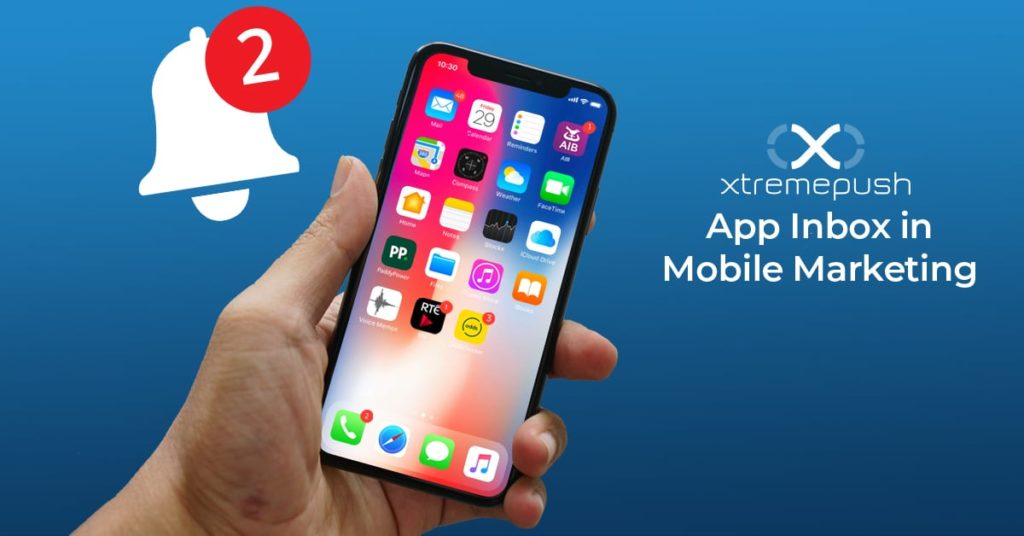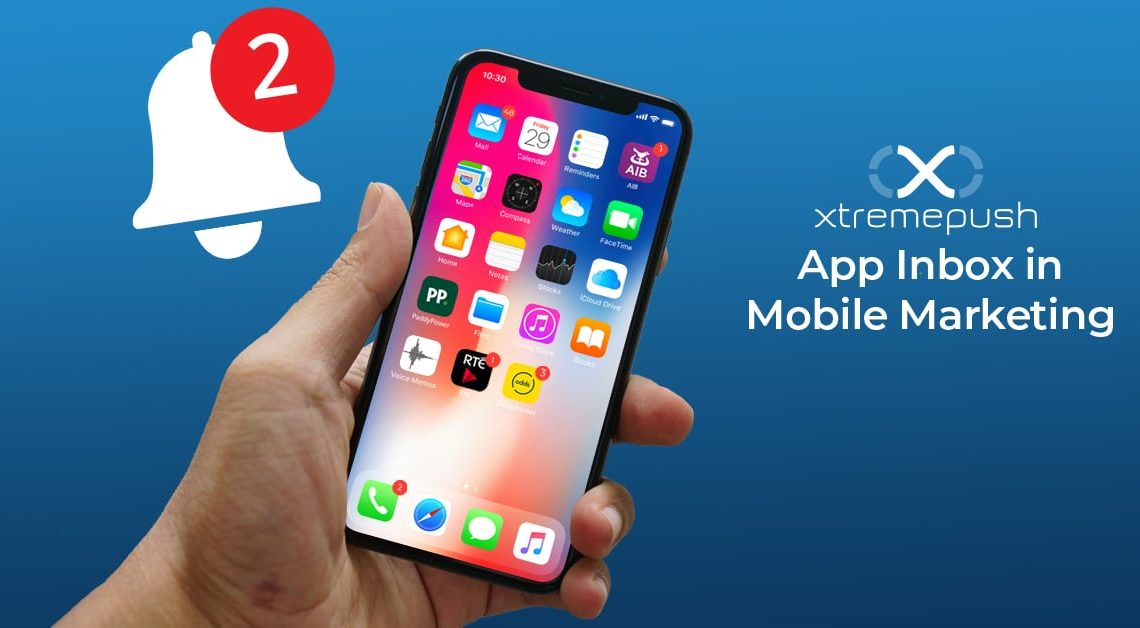
In-app inboxes are becoming increasingly popular among mobile app developers as a way to communicate with their users. An in-app inbox allows users to receive messages from the app, such as notifications, updates, and other important information. It also provides a convenient way for users to contact the app developer directly.
Creating an in-app inbox is relatively simple and can be done with just a few lines of code. Here’s how you can create an in-app inbox for your mobile app:
- Set up a database: The first step is to set up a database that will store all of the messages sent to and from your app’s users. This database should include fields for the sender’s name, email address, message content, and any other relevant information.
- Create an API: Once you have your database set up, you’ll need to create an API that will allow your app to access the data stored in it. This API should be able to send messages from the app to the user’s inbox as well as retrieve messages from it.
- Design the user interface: The next step is to design the user interface for your in-app inbox. This should include features such as a list of all incoming messages, options for replying or deleting messages, and any other features you think would be useful for your users.
- Implement push notifications: Push notifications are an important part of any in-app inbox experience since they allow users to receive new messages even when they aren’t actively using the app. You can use push notifications to alert users when they have received new messages or when there are updates available within the app itself.
- Test and deploy: Once you have everything set up and tested, it’s time to deploy your in-app inbox so that it can be used by your users! Make sure that you thoroughly test all aspects of your in-app inbox before deploying it so that there are no unexpected issues once it goes live.
Creating an in-app inbox is a great way to keep your users informed about important updates or changes within your mobile app while also providing them with a convenient way of contacting you directly if they have any questions or concerns about their experience with your product or service. With just a few lines of code and some careful planning, you can easily create an effective in-app inbox that will help keep your users engaged and informed!
